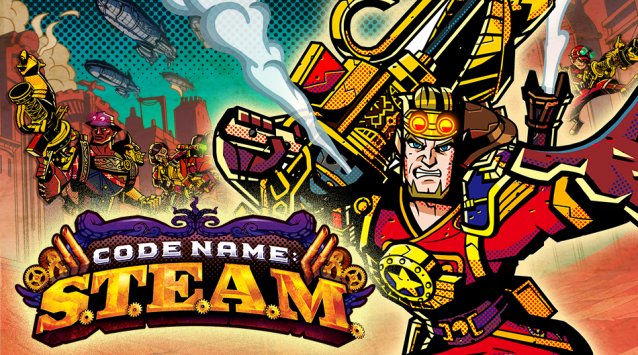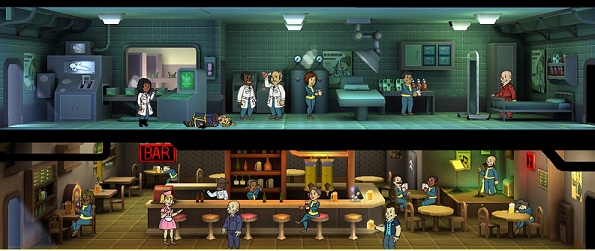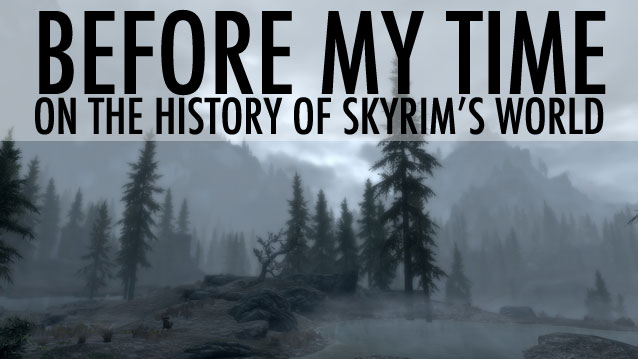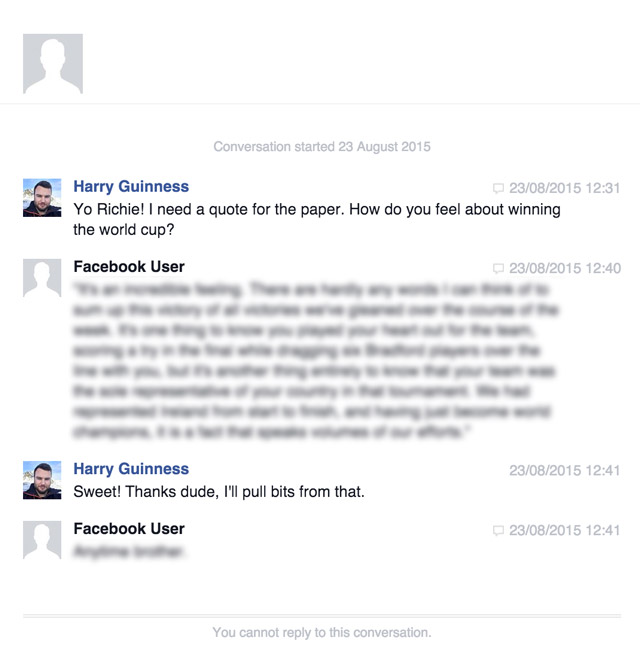

Games that force players to go around shooting people’s heads off often provide a premise that explains why all this killing needs to happen. If we have a reason to kill--whether it's because of war, gangsters, or zombies--players are free from the burden of further thinking about the consequences. But what happens when a game doesn’t grant us that privilege and, instead, forces us to constantly question our actions and morals? The answer to that question lies in Hotline Miami, a game that is as much an introspective journey into the violence of video games as it is thought-provoking to play.
Your trip begins with a tutorial that asks you, and not your character, if you like hurting others. Let’s hope you’re prepared for it, because what follows is nineteen chapters (or about five hours) that all begin with a strange phone call asking you pay a visit to different venues and kill anyone you run into. Each chapter follows this same pattern, and includes the occasional cutscene that raises more questions than it does answer them. It’s a daring narrative style that works in Hotline Miami’s favor, grabbing your attention and never letting go.
While its premise plays with your senses, Hotline’s levels plays with your reflexes. Using the keyboard to move and the mouse to look around and attack, you’ll be sneaking up on your foes with ease and slashing them from behind or shooting them from across the room. Doors can also be used to slam into enemies, knocking them unconscious and letting you jump on them to brutally finish them off. Your protagonist spares no mercy and ruthlessly cuts limbs off, beats people’s heads in, and even rips their guts out. It’s all quite ruthless, but so are the game’s environments.
One hit is all it takes to kill you, so each level requires a measure of planning to make it out alive. While it plays like a stealth title, the game’s AI isn't sharp, so it's easy to sneak up on someone and finish him off. Enemies react when they hear you using noisy firearms, but they fail to react even after you've thrown a knife at their buddy standing beside them. It’s a strange design choice, but one that works in your favor. Hotline Miami soon becomes a game of trial-and-error as you begin to explore its gameplay quirks, like the fact that enemies can see through windows or that dogs can’t be punched. Combat is formatted to keep you guessing, but never ends up being a frustrating experience.
As much as it is an exploratory journey, Hotline Miami plays out like any other arcade game, and rewards you at the end of each level with bonuses based on your performance. Running into a room full of enemies might get you killed, but it will get you extra points for boldness and a better letter grade overall. Your scores unlock weapons and masks you can equip at the beginning of each level, which grant you different abilities like faster finishing moves or silent guns. Strangely enough, the game never explains its scoring system, making it challenging to consciously improve your score.
Further, attacks have bizarre hit detection that are easily exploitable. An enemy will sometimes be shooting right at you, but if you get really close to him, you’ll avoid getting hurt altogether. This is great when it works in your favor, but not so much the other way around. The game also has other technical issues, such as glitches that result in hard restarts and a spotty checkpoint save system. Hotline Miami can be played in one sitting, but some of the trickier levels make you wish the game had a better saving system that let you take breaks knowing your progress was safe.
Thankfully, Hotline Miami's sound and visuals are executed perfectly, and help complete your descent into its grimy world. The upbeat, synthetic music you’ll hear may juxtapose the gravity of what you’re doing, but once you complete a level and are forced to walk back out of a building, past all the bloodied bodies you’ve murdered, the music shuts off and all you hear is a droning hum to intensify your self-reflection. It’s quite chilling and very effective.
Under Hotline Miami’s graphically limited 16-bit appearance lies a powerful game that lets you examine what it means to play violent video games. While it may lack a certain technical finesse, Hotline Miami manages to take players down a road not many games do. It’s as much fun to play through the game as it is edifying to reflect on what we’ve done, and for that, it is quite powerful.
Hotline Miami is now available on PS Vita and PS3, for $8.99 or £7.29. It's a cross-buy game, so the same purchase will work on both your PS3 console and your Vita. That makes it excellent value. How does it translate to console? Quite well, actually. The smaller screen makes Hotline Miami's ultra-colourful violence look incredibly sharp, and plugging in headphones is the best way to appreciate the killer electro soundtrack.
The controls are the main difference, however. Vita's touch-screen is used to scout around each level (drag to look), and you can lock onto enemies by tapping above their head. It makes the twitchy action easier to keep up with when you're using dual thumbsticks to move and aim. Vita's smaller sticks actually felt more responsive than the ones on the PS3's DualShock. On PS3, you switch between moving and aiming by using the back triggers. It's fiddly at first, and not as elegant as Vita's solution, but you'll get accustomed to it over time.
If you're new to Hotline Miami, and you want to play on handheld, you should definitely check the game out on Vita. If you have a PC, though, that remains the best way to play the game on a big screen, as the controls work better with a mouse and keyboard.




 Fallout Shelter: earn Bottle Caps (currency)
Fallout Shelter: earn Bottle Caps (currency) How to do Destiny Farming for Maximum Reputation, Tips and Tricks for PlayStation and Xbox
How to do Destiny Farming for Maximum Reputation, Tips and Tricks for PlayStation and Xbox How to beat the Championship Mode in F1 2015
How to beat the Championship Mode in F1 2015 Before My Time: On the History of Skyrims World
Before My Time: On the History of Skyrims World Why Is It So Hard to Delete Social Media Accounts?
Why Is It So Hard to Delete Social Media Accounts?